Seasonal Changes and Poison Ivy Rash: Dermatologist Tips for Year-Round Protection
Year-Round Poison Ivy Protection: Dermatologist Tips for Rash Prevention
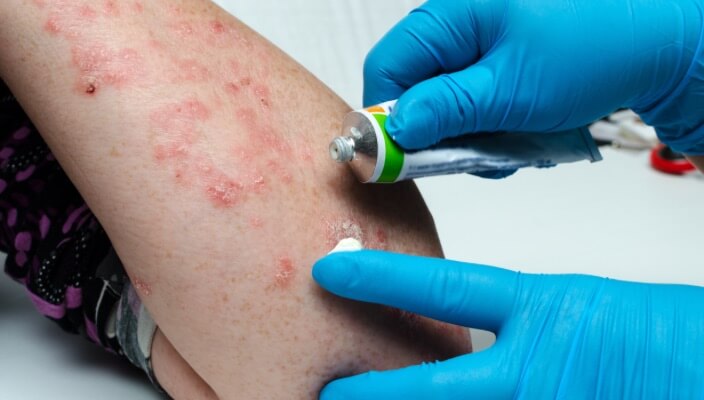 If you live in a rural area or spend a lot of time in the countryside, then you’re likely uncomfortably familiar with poison ivy. “Leaves of three, let it be” is probably a mantra you were taught as a child and still use to this day to help you identify poison ivy plants.
If you live in a rural area or spend a lot of time in the countryside, then you’re likely uncomfortably familiar with poison ivy. “Leaves of three, let it be” is probably a mantra you were taught as a child and still use to this day to help you identify poison ivy plants.But there’s more to avoiding poison ivy rash than simply knowing how to identify fully developed plants in the wild. Like many plants, poison ivy undergoes seasonal changes that affect what it looks like and where it might appear.
Here’s a closer look at what you need to know.
Examples of Poison Ivy Rash
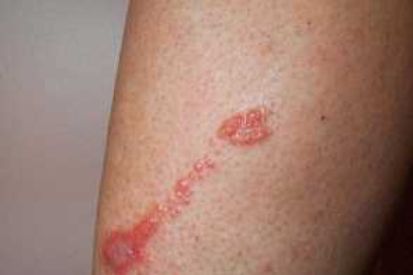
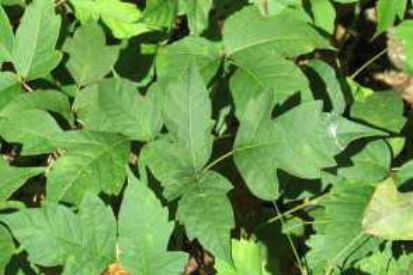
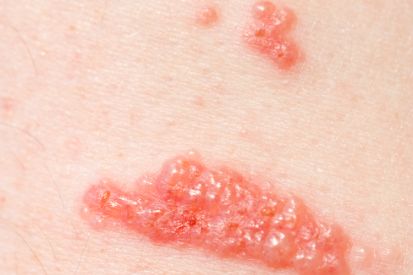
Where Does Poison Ivy Grow?
In fact, poison ivy grows and thrives in every continental U.S. state. It can also appear in unexpected places, including cracks in sidewalks, vacant lots, and just about anywhere else it can take root and grow.
How to Identify Poison Ivy Through the Seasons
Poison Ivy in the Spring, Summer, Fall, and Winter
Poison Ivy in the Spring:
Like many plants, poison ivy is just starting to blossom and thrive in the spring. It develops green buds that turn white as they eventually develop into flowers. Leaves may be red, green, or a combination of the two. But when the leaves are red, it’s easy to mistake the plant for fragrant sumac.
Poison Ivy in the Summer:
New poison ivy leaves continue to grow in red throughout the summer, but mature leaves that have been growing since spring will turn green. Plants also eventually develop small, white berries throughout the summer. Leaf shapes and sizes at this stage are variable and are easy to mistake for other plants, such as the Virginia creeper.
Poison Ivy in the Fall
In the fall, poison ivy leaves transition to familiar seasonal hues like red, yellow, and orange. But don’t be fooled by its beautiful appearance. All parts of the plant still contain plenty of oily urushiols and can easily give you poison ivy rash if touched.
Poison Ivy in the Winter
As temperatures continue to drop in the winter, leaves will change color until they become a deep red. Eventually, they will die and fall off. However, you’ll still be able to see (and come into contact with) the plant’s white berries and occasionally also its exposed roots or bare branches.
What to Do If Exposed to Poison Ivy?
Naturally, it’s better to avoid poison ivy altogether. But if you do believe you’ve come into contact with some, wash the affected area with soap and water as soon as you can. If you develop a poison ivy rash, consider seeking medical attention.
The Skin Surgery Center can help you find relief and reduce the severity of poison ivy rash with personalized treatment options. Schedule an appointment online today.
Featured Products for Itchy Skin
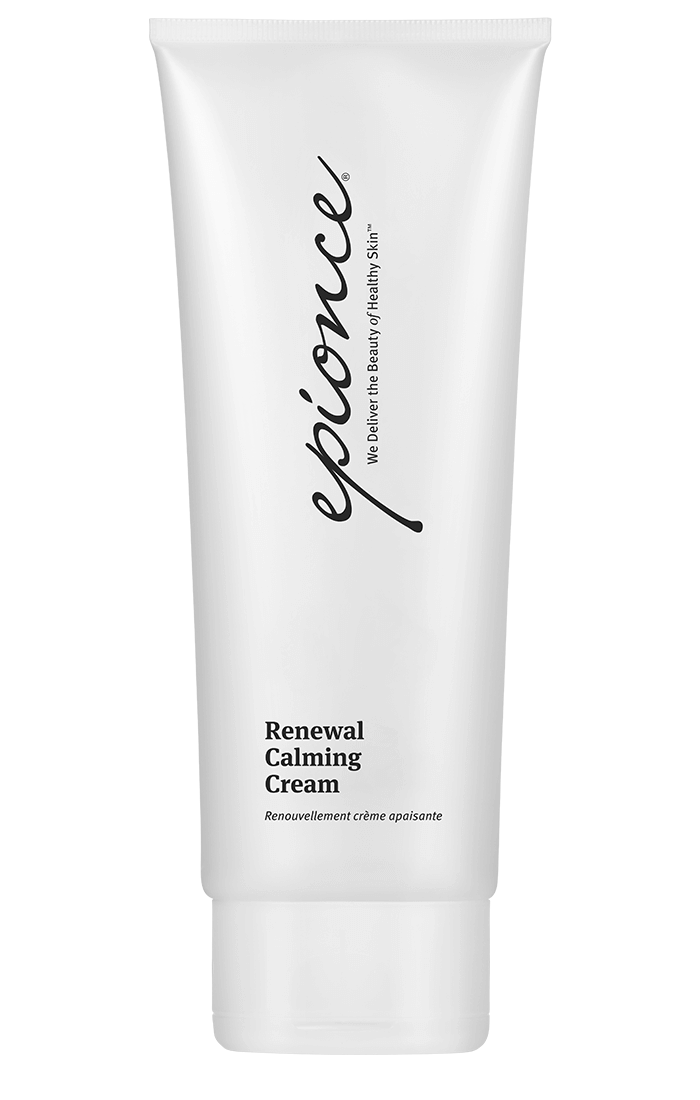
Epionce Renewal Calming Cream
Renewal Calming Cream is clinically proven to relieve the symptoms of eczema, including itching, redness and dryness. Formulated with cholesterol and ceramides to help protect the skin barrier, Renewal Calming Cream hydrates and repairs extremely dry skin.
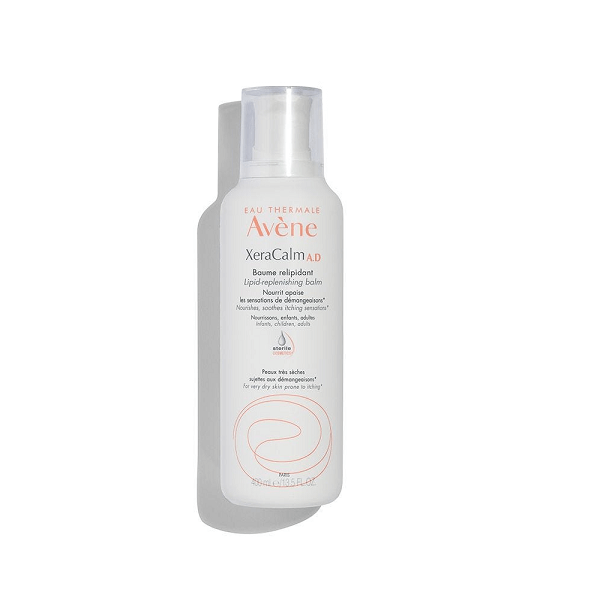
Avene XeraCalm A.D Lipid Replenishing Balm 6.7 oz
Lipid-Replenishing Balm nourishes, soothes and calms dry, itchy skin prone to atopic dermatitis and eczema. Helps rebalance microbiome while supporting skin's defense system for a healthy skin. Safe for the entire family. 6.8 fl oz / 200 mL
Related Blog Posts

- General Dermatology
- Skin Exams
- Chronic Skin Conditions
Explore our comprehensive guide to gain insights into accurate diagnosis and expert care for chronic skin conditions.
Read More
- General Dermatology
- Skin Care
- Chronic Skin Conditions
Hormonal acne can be a pesky skin problem for many. The only way to address this is by finding a hormonal acne treatment that works for you and your unique skin.
Read More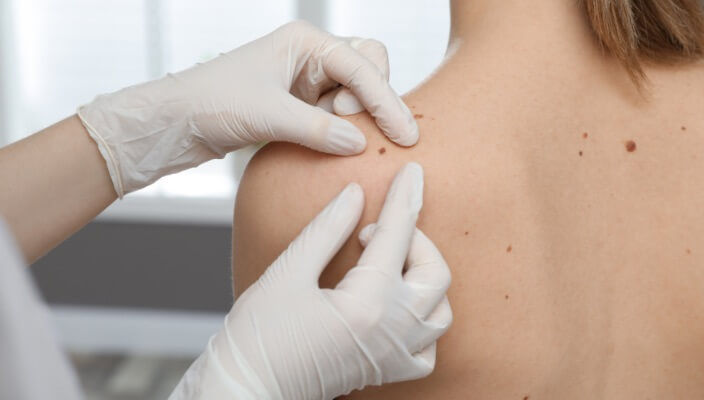
- Skin Cancer
- General Dermatology
- Chronic Skin Conditions
Learn more about the most common types of skin lesions we see at the Skin Surgery Center and how our dermatology providers remove them.
Read More


